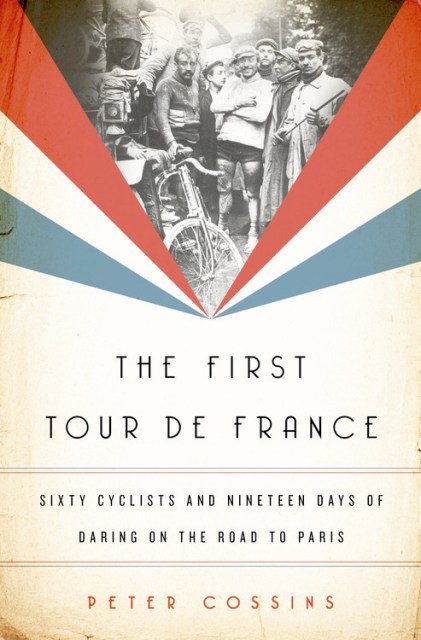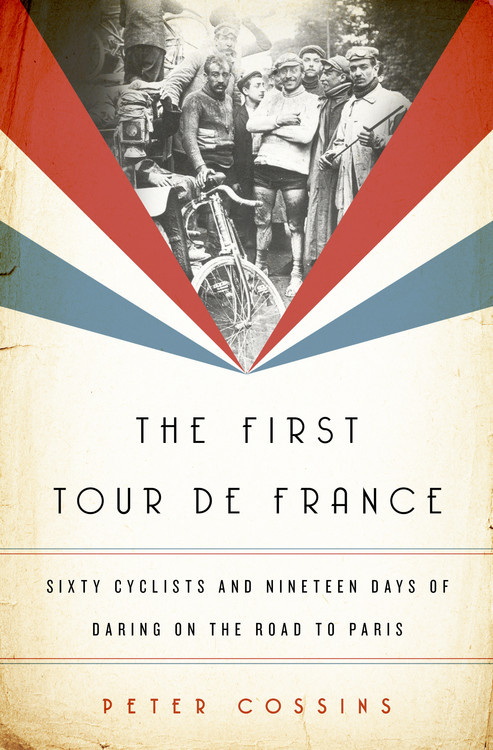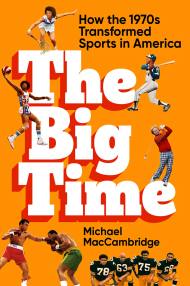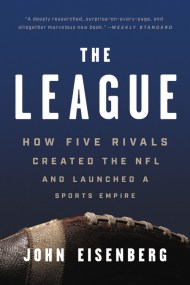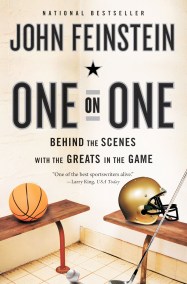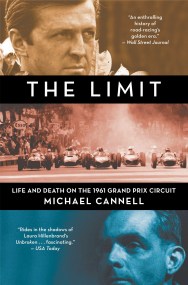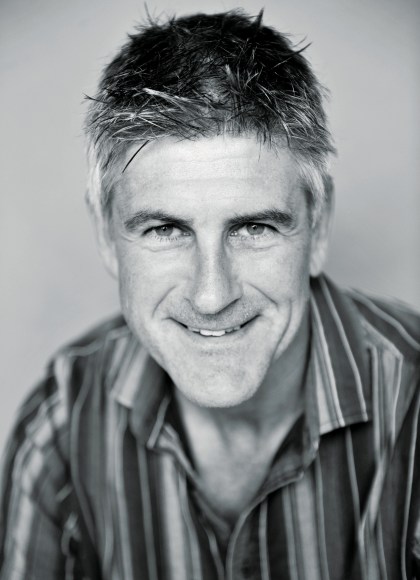Promotion
Use code MOM24 for 20% off site wide + free shipping over $45
The First Tour de France
Sixty Cyclists and Nineteen Days of Daring on the Road to Paris
Contributors
Formats and Prices
Price
$40.00Price
$50.00 CADFormat
Format:
- Hardcover $40.00 $50.00 CAD
- ebook $17.99
- Audiobook Download (Unabridged)
This item is a preorder. Your payment method will be charged immediately, and the product is expected to ship on or around June 6, 2017. This date is subject to change due to shipping delays beyond our control.
Also available from:
Cyclists of the time weren’t enthusiastic about participating in this “heroic” race on roads more suited to hooves than wheels, with bikes weighing up to thirty-five pounds, on a single fixed gear, for three full weeks. Assembling enough riders for the race meant paying unemployed amateurs from the suburbs of Paris, including a butcher, a chimney sweep and a circus acrobat. From Maurice “The White Bulldog” Garin, an Italian-born Frenchman whose parents were said to have swapped him for a round of cheese in order to smuggle him into France as a fourteen-year-old, to Hippolyte Aucouturier, who looked like a villain from a Buster Keaton movie with his jersey of horizontal stripes and handlebar moustache, the cyclists were a remarkable bunch.
Starting in the Parisian suburb of Montgeron, the route took the intrepid cyclists through Lyon, over the hills to Marseille, then on to Toulouse, Bordeaux, and Nantes, ending with great fanfare at the Parc des Princes in Paris. There was no indication that this ramshackle cycling pack would draw crowds to throng France’s rutted roads and cheer the first Tour heroes. But they did; and all thanks to a marketing ruse, cycling would never be the same again.
Genre:
- On Sale
- Jun 6, 2017
- Page Count
- 384 pages
- Publisher
- Bold Type Books
- ISBN-13
- 9781568589848
Newsletter Signup
By clicking ‘Sign Up,’ I acknowledge that I have read and agree to Hachette Book Group’s Privacy Policy and Terms of Use
